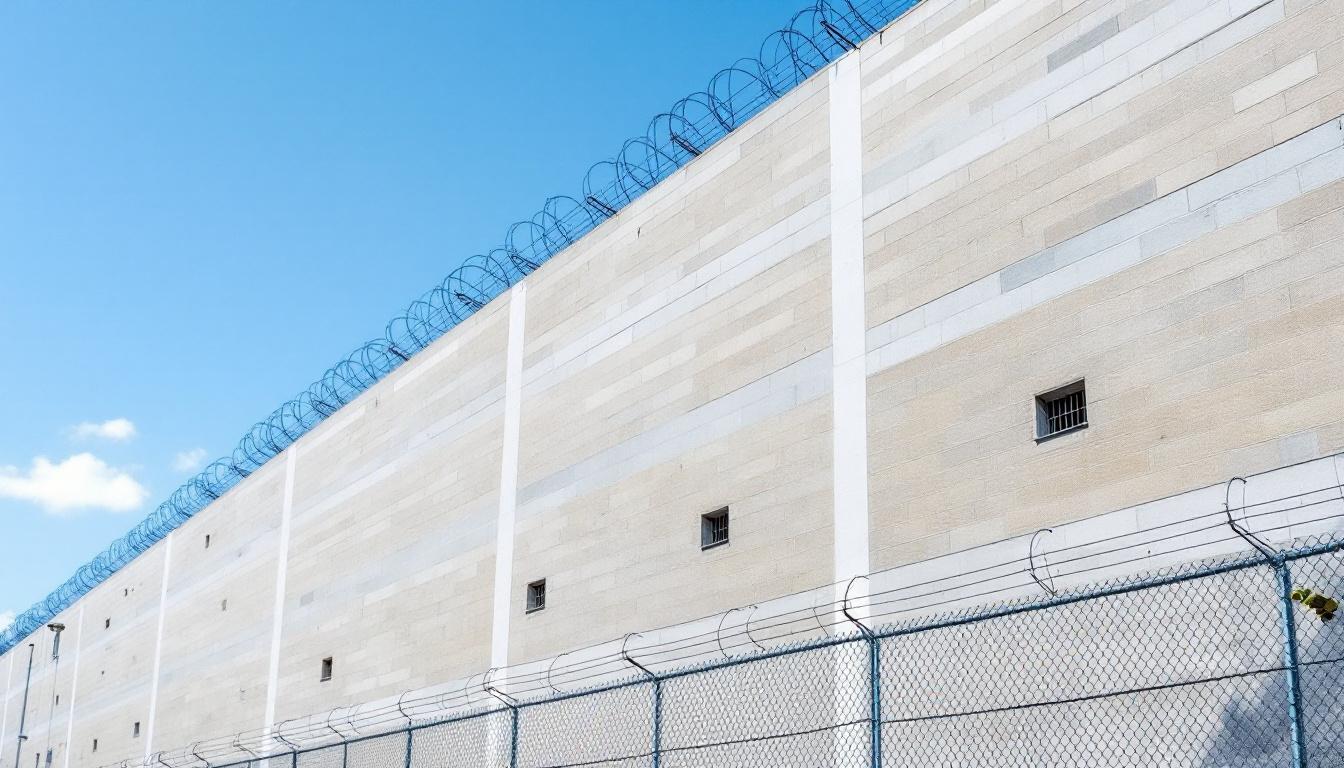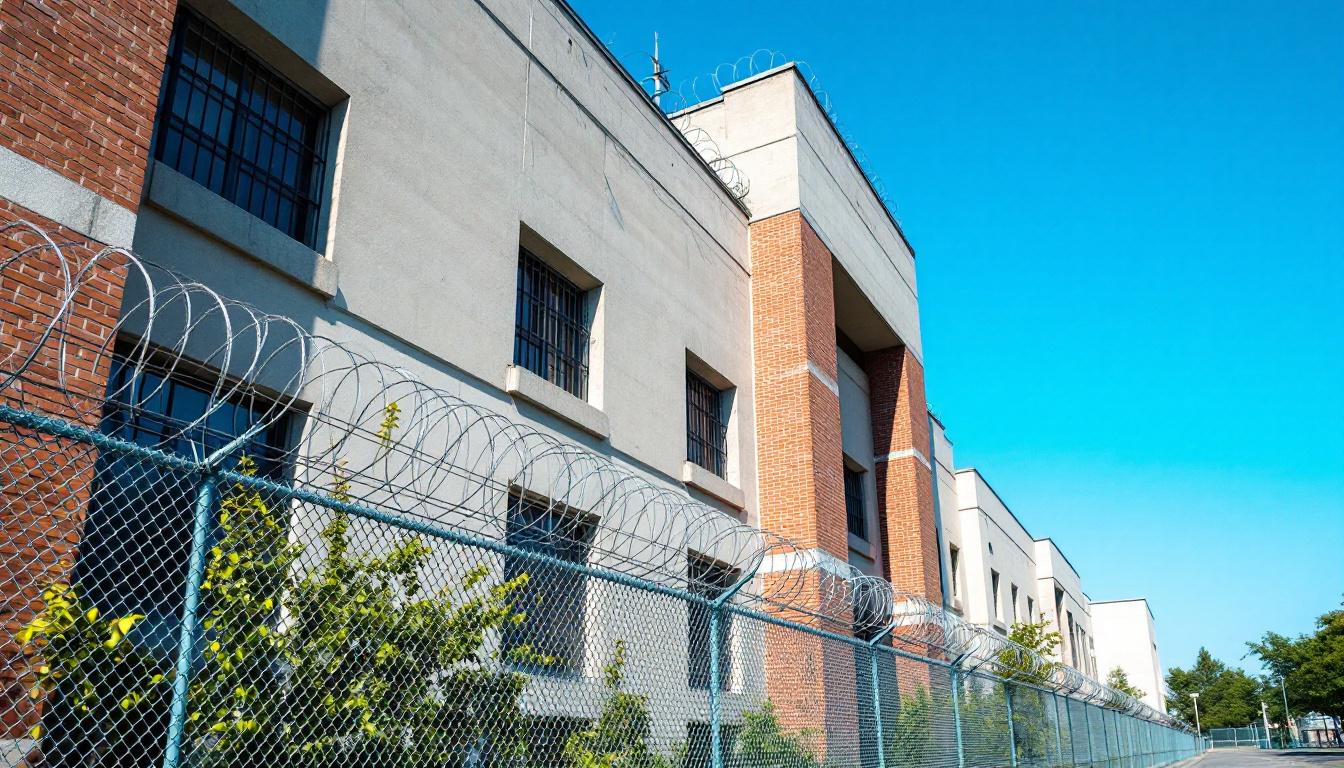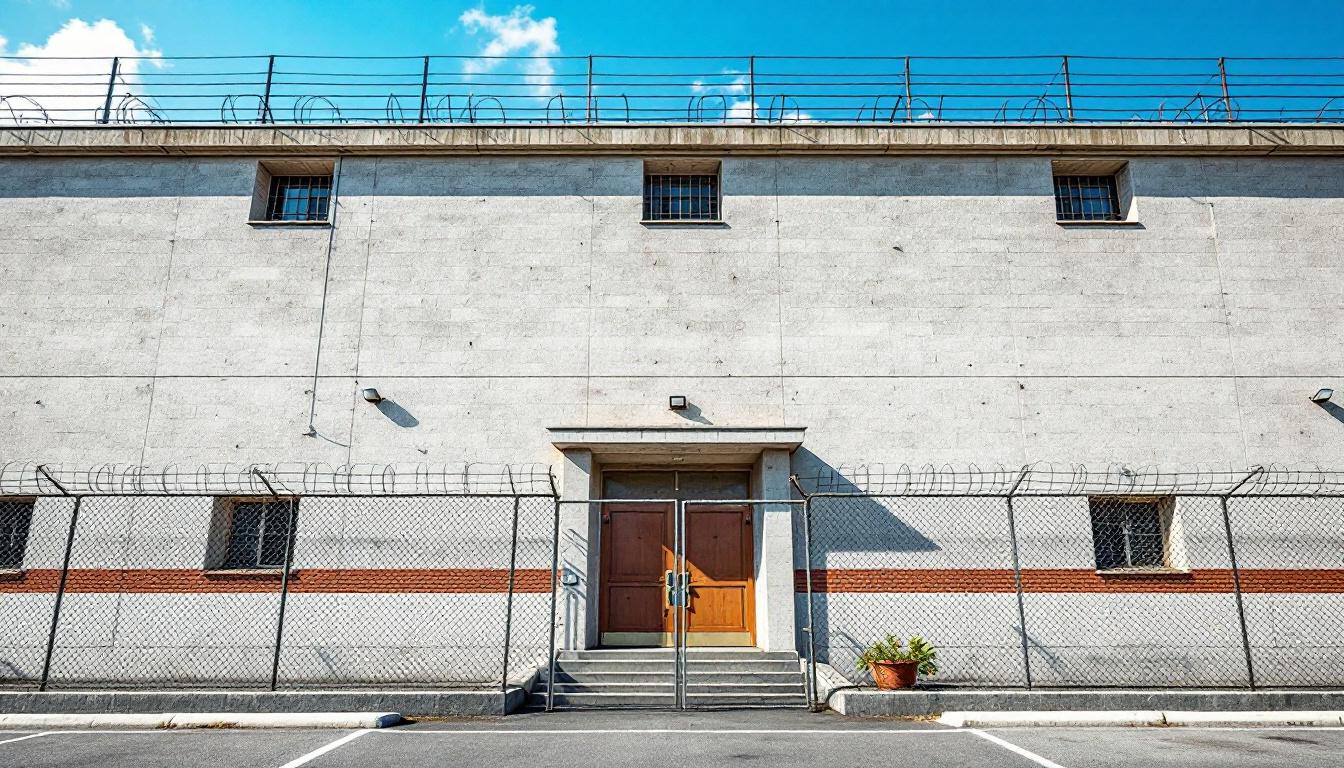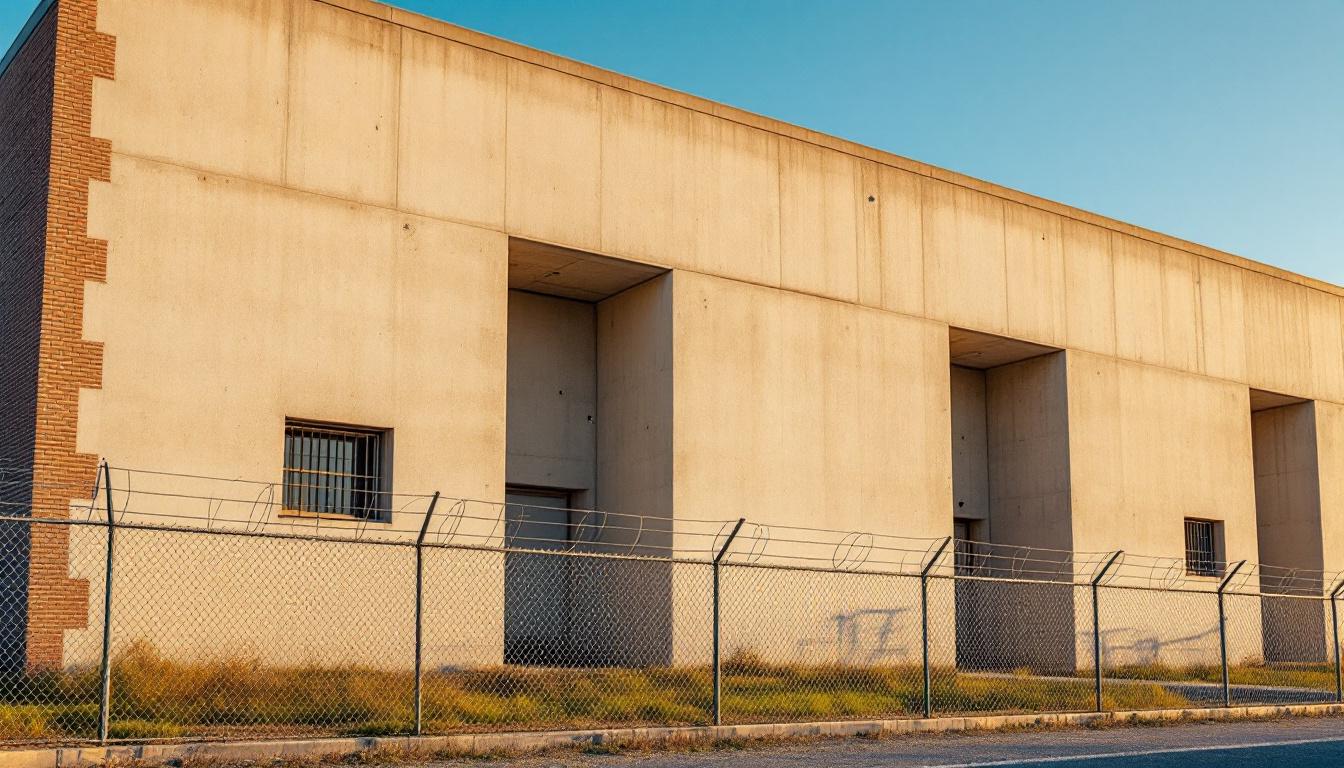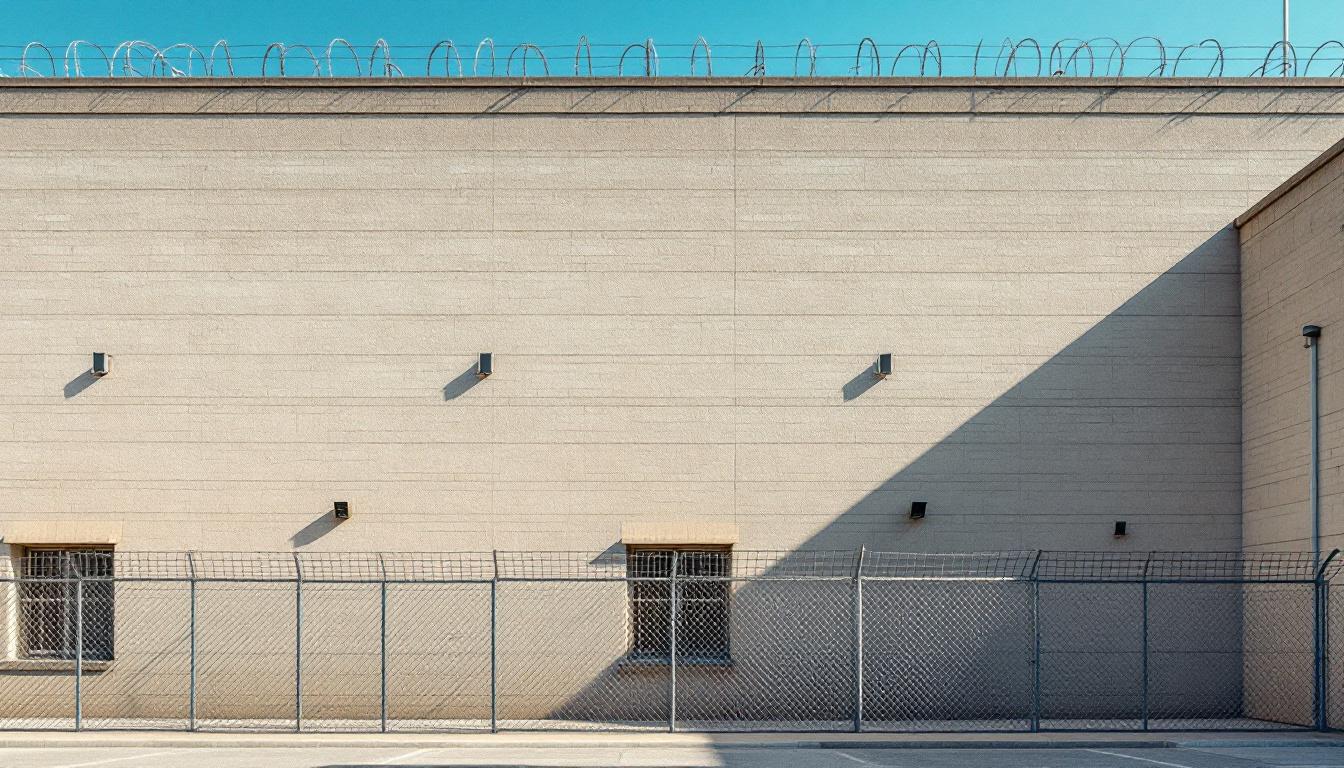
Quick Navigation
How to contact an inmate at San Augustine County Sheriff’s Office
This comprehensive guide will walk you through how to connect with an inmate at San Augustine County Sheriff’s Office. Follow the steps below to find an inmate and send letters and photos:
- Search for the inmate using our search tool below
- Create your account or log in to Penmate
- Write your message (up to 6,000 characters)
- Send instantly - inmates receive printed copies daily
Find an Inmate
Search for an inmate to start communicating today
Tip: You can search by first name, last name, or inmate ID number
To contact a person at San Augustine County Sheriff’s Office start by searching for the person on the official facility website. Perform a search by following these steps:
- Step 1: Enter their first name and last name into the search form and click "Search"
- Step 2: Locate their inmate record
- Step 3: Write down their Inmate ID and any housing information provided
Important! Be sure to enter the person's full name. Nicknames should not be used.
How to Send Messages to Inmates

You can use your phone or computer to send emails, letters, and photos to an inmate. Messages are sent electronically to inmate tablets or kiosks at the facility. If you would like to send a message, start by searching for an inmate at San Augustine County Sheriff’s Office.
Sending Photos and Postcards

A great way to send love and support to a loved one at San Augustine County Sheriff’s Office is to send photos and postcards. It only takes a few minutes to send photos from your phone and it makes a huge difference. You can also mail postcards with words of support and inspiration, or design your own postcard for special moments like birthdays and holidays.
Important! Be sure not to send any explicit photos or they may not be approved by the facility. You can also use a photo printing app like Penmate to make sure your photos are printed at the correct size (4x6 or 3x5) and are mailed according to the rules and regulations of San Augustine County Sheriff’s Office.
Frequently asked questions about San Augustine County Sheriff’s Office
-
How long does it take to deliver a message?
If you're sending an email message your letter is usually delivered within 24-48 hours. For messages sent via mail you should expect delivery within 3-7 days. All messages will need be approved by San Augustine County Sheriff’s Office.
-
How much does it cost to send a message to San Augustine County Sheriff’s Office?
You can send a message free using your phone or mail a message via USPS for the price of a $0.60 stamp and envelope. You can also purchase credits or e-stamps from services starting at $1.99.
-
What services can I use to contact an inmate at San Augustine County Sheriff’s Office?
Penmate
You can use Penmate to send letters and photos to an inmate from your phone. It's an easy way to stay in touch during your loved one's incarceration. Use the inmate locator to find an inmate's location and contact information, then you can send messages within a few minutes.
Securus messaging
Securus may be another option for communicating with an inmate at San Augustine County Sheriff’s Office. You can create a friends and family account and purchase credits to send messages. All messages will be reviewed and must be approved by the facility.
JPay
Some county jails and state prisons may support sending messages with JPay. You must register an account with the system, find your loved one, and purchase stamps to send messages. For some locations you can also attach photos.
Smart Jail Mail
You may also check if Smart Jail Mail is available at San Augustine County Sheriff’s Office. Smart Jail Mail is operated by Smart Communications and has contracted with some state and county jails. After purchasing credits, your messages and photos are sent to the facility, printed out, and then handed out to your loved one.
-
What is the mailing address of San Augustine County Sheriff’s Office?
Mailing address:
San Augustine County Sheriff’s Office
219 N Harrison St
San Augustine, TX 75972
Phone: (936) 275-2424 -
What are the visiting hours at San Augustine County Sheriff’s Office?
Visiting hours at San Augustine County Sheriff’s Office vary by housing unit and security level. Generally, visits are scheduled on weekends and holidays, with some facilities offering weekday visits. Contact the facility directly at (936) 275-2424 or check their website for the current visiting schedule. Visits typically last 30-60 minutes and must be scheduled in advance.
-
What items are prohibited when sending mail to San Augustine County Sheriff’s Office?
Prohibited items typically include: cash, personal checks, stamps, stickers, glitter, glue, tape, staples, paperclips, polaroid photos, musical or blank greeting cards, hardcover books, magazines with staples, and any items containing metal or electronics. Only send letters on plain white paper with blue or black ink. Photos must be printed on regular photo paper (no Polaroids). Always check with San Augustine County Sheriff’s Office for their specific mail policies.
-
How do I send money to an inmate at San Augustine County Sheriff’s Office?
You can send money to an inmate at San Augustine County Sheriff’s Office through several methods: 1) Online using JPay, Access Corrections, or the facility's approved vendor, 2) Money orders mailed directly to the facility with the inmate's name and ID number, 3) Kiosks located in the facility lobby, or 4) Over the phone using a credit or debit card. Fees vary by method, typically ranging from $2.95 to $11.95 per transaction.
-
Can I schedule a video visit with an inmate at San Augustine County Sheriff’s Office?
Many facilities now offer video visitation as an alternative to in-person visits. At San Augustine County Sheriff’s Office, video visits may be available through services like Penmate, Securus Video Connect, GTL, or ICSolutions. Video visits typically cost $10-20 for 20-30 minutes and must be scheduled in advance. You'll need a computer or smartphone with a camera and reliable internet connection. Contact the facility for their specific video visitation policies and approved vendors.
-
What identification do I need to visit an inmate at San Augustine County Sheriff’s Office?
All visitors must present valid government-issued photo identification such as a driver's license, state ID, passport, or military ID. Minors must be accompanied by a parent or legal guardian who can provide the minor's birth certificate. Some facilities require visitors to be on the inmate's approved visitation list, which may require a background check. Contact San Augustine County Sheriff’s Office for specific ID requirements and visitor approval procedures.
-
How can I find out an inmate's release date?
To find an inmate's release date at San Augustine County Sheriff’s Office, you can: 1) Use the online inmate search tool if available, 2) Call the facility's records department, 3) Contact the inmate's case manager or counselor, or 4) Have the inmate provide this information during a call or visit. For privacy reasons, some facilities only release this information to immediate family members.
Facility Overview
Contact Information
San Augustine County Sheriff’s Office219 N Harrison St
San Augustine, TX 75972
Phone: (936) 275-2424
Official Website
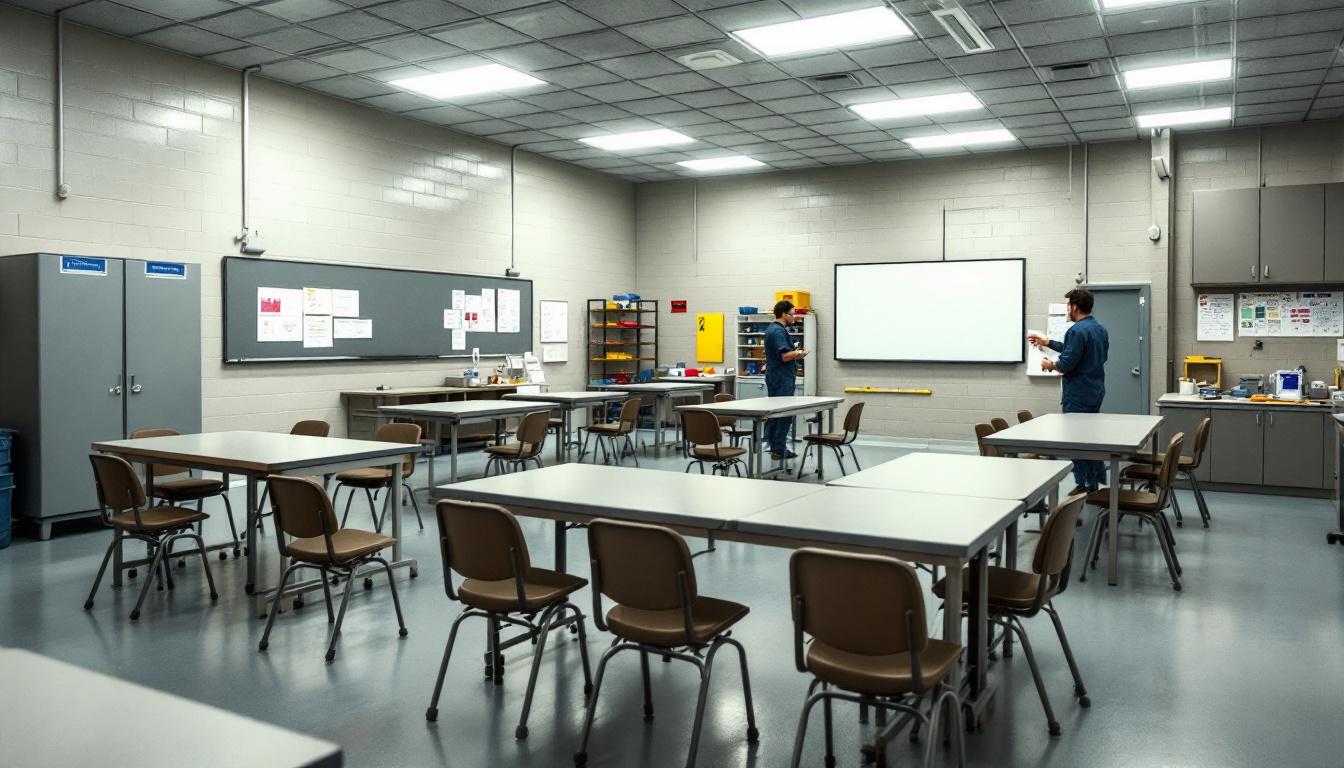
About San Augustine County Sheriff’s Office
Community safety and successful reintegration form the cornerstone of operations at San Augustine County Jail, TX, where a systematic approach to offender management serves both the immediate needs of East Texas residents and the broader goal of reducing recidivism. Through carefully structured processes that typically begin during intake and continue throughout an individual’s stay, the facility works to address underlying factors that may contribute to criminal behavior while maintaining secure custody operations. This TX correctional facility generally emphasizes connecting inmates with community-based resources and support systems that may prove essential during their transition back into society.
The rehabilitation framework at this county jail often includes educational opportunities, substance abuse programming, and workforce development initiatives designed to build practical skills for post-release success. Staff members typically coordinate with local service providers and faith-based organizations to create pathways for continued support once individuals complete their sentences. Mental health services and medical care are generally integrated into daily operations, recognizing that addressing physical and psychological wellness contributes significantly to long-term behavioral change. Located in the heart of San Augustine’s historic community, the facility serves as a bridge between accountability for past actions and preparation for future civic participation.
Through partnerships with regional employment agencies, educational institutions, and treatment providers, San Augustine County Jail works to ensure that inmates services extend beyond basic custody and care. The facility’s approach typically involves case management processes that help identify individual needs and connect residents with appropriate resources both during incarceration and following release. This comprehensive methodology reflects broader trends in modern correctional practice, where successful outcomes depend largely on collaborative relationships between detention facilities, community organizations, and the individuals they serve together.
Programs & Services
Personal transformation often begins with structured opportunities that address both practical skills and deeper psychological needs. San Augustine County Jail typically approaches inmate development through a comprehensive framework that recognizes rehabilitation as a multifaceted process requiring diverse interventions. The facility’s service delivery philosophy emphasizes equipping individuals with tangible competencies while simultaneously fostering personal growth through meaningful engagement and structured activities that promote self-reflection and behavioral modification.
Educational and vocational services form the cornerstone of the facility’s development-focused approach, with vocational training opportunities that may provide inmates with marketable skills essential for successful reintegration. These services often encompass hands-on learning experiences designed to build both technical proficiency and workplace readiness. Additionally, specialized training in areas such as forklift operation typically offers inmates certification opportunities that directly translate to employment prospects upon release, creating pathways toward economic stability and reduced recidivism.
Support services complement the educational framework through work programs that instill discipline, responsibility, and collaborative skills while providing meaningful daily structure. Faith-based initiatives may offer spiritual guidance and community support networks that address underlying personal challenges and promote ethical development. Additionally, intramural sports programs typically contribute to physical wellness and social cohesion, fostering teamwork and healthy competition that can translate into improved interpersonal relationships and stress management capabilities throughout the rehabilitation process.
Daily Life & Visitation
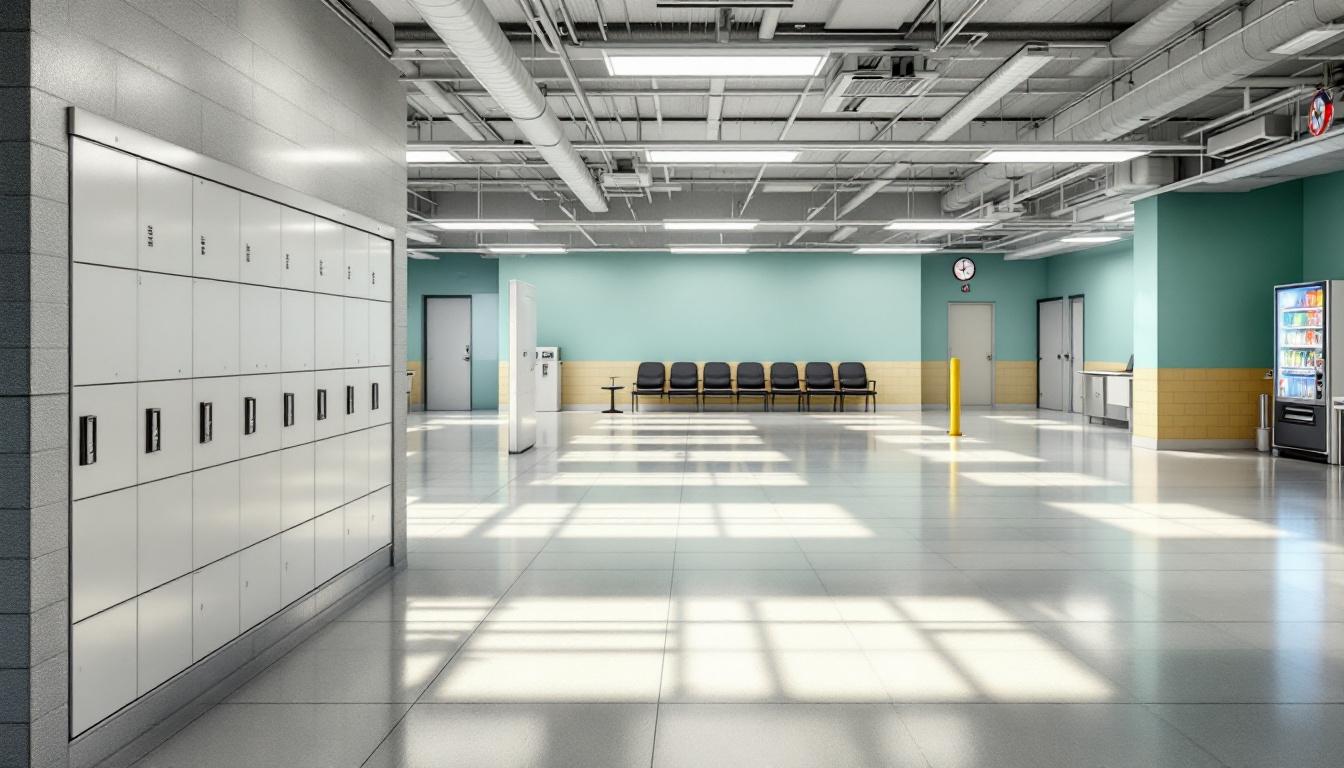
The concrete walls and metal fixtures of the housing units at San Augustine County Jail create a stark institutional environment where inmates must navigate the realities of confinement while maintaining their daily routines. At present, the facility actively maintains structured schedules that begin with early morning wake-up calls, followed by headcounts and the distribution of breakfast meals served in designated dining areas or delivered directly to housing units. Inmates typically spend their days moving between various activities including educational programming, work assignments, and supervised recreation periods, all while adapting to the controlled atmosphere of shared living spaces and constant supervision.
The living accommodations generally consist of multi-occupancy cells or dormitory-style housing units where inmates share sleeping quarters, restroom facilities, and common areas with their assigned cellmates or dormitory residents. Personal belongings are typically limited to essential items and approved commissary purchases, which inmates may store in designated areas within their living spaces. Additionally, the facility provides basic bedding, hygiene supplies, and institutional clothing, while inmates often develop informal systems for maintaining cleanliness and organization within the constraints of their shared environment.
While the structured programming schedules provide opportunities for inmates to participate in educational classes, vocational training, or religious services, many residents find that maintaining connections with family members becomes a crucial aspect of adapting to facility life. Visitation policies generally allow for scheduled visits with approved family members and friends, and inmates typically have access to telephone services and mail correspondence to stay connected with their support systems outside the facility. Work assignments within the jail, such as kitchen duties, laundry services, or facility maintenance, often provide inmates with purposeful activities that help structure their days while contributing to the overall operation of the institution.
Ready to Connect?
Start communicating with your loved one today
Search for an Inmate
